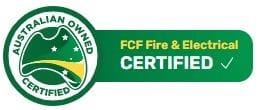Fire Precautions During Construction
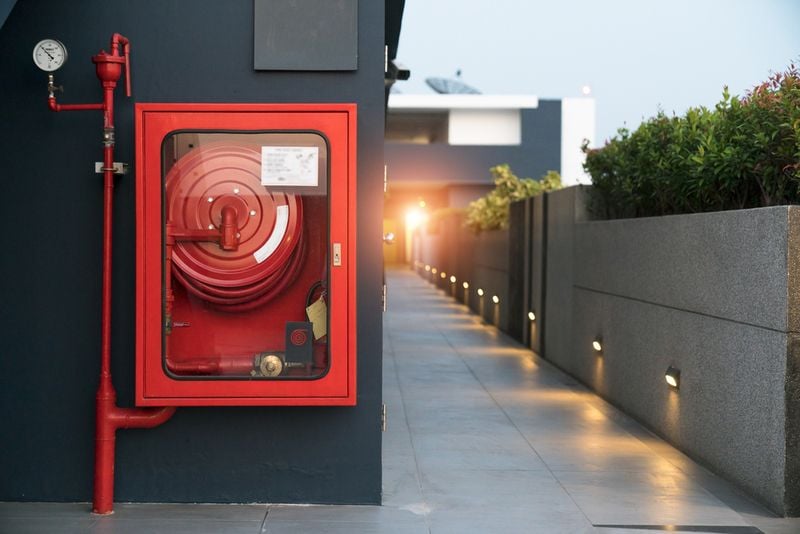)
Fire precautions during commercial and residential constructions are compulsory for any Class 2-9 building, with requirements which are different based on the size and/or stage of the development or the type of performance solutions adopted. When designing and planning a property development project fire prevention must be a priority.
Following the correct framework of regulations is crucial in fire prevention and protecting future tenants or occupiers and neighboring properties from fire risks. Out of the original construction blueprints for the last fittings and fixtures, the following are the points property developers should remember throughout the course of a development project.
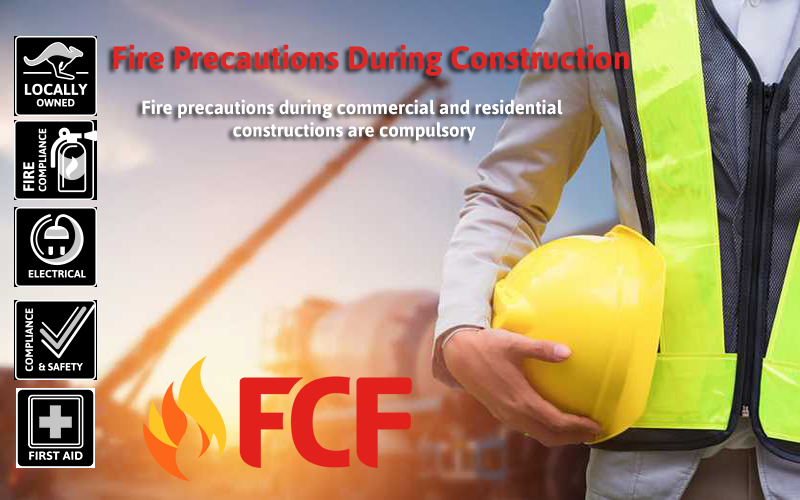
What Must Be Done?
Inspections must be conducted on property development projects to ensure firefighting equipment is installed as designated in the approved plans. Pieces of equipment are then tested for fire safety compliance and building fire compliance in accordance with Australian Standards to ensure it will meet the needs of the fire service.
Site supervisors and builders have to confirm suitable fire suppression systems and fire extinguishers are installed on each storey of the building, regardless of what size and/or stage of the construction work. Fire extinguishers must be located adjacent to each required exit or temporary stairway or exit.
If the building has reached a height of 12 metres or more, fully compliant and functional fire hose reels and fire hydrants must be installed on every storey, except for the top two. If the fire hydrant design incorporates a booster connection, this must also be installed and comply with the relevant Australian Standards.
What Materials Should You Work With?
It's crucial to evaluate the internal and external structure of a property, to be able to evaluate the ability to resist and control the rapid spread of fire and smoke.
The option of certain materials for lining partitions, walls, ceilings along with other internal parts of a property's structure can substantially impact the spread and development of a fire. Choosing unsuitable materials may prevent occupants from escaping from the property in the case of a fire; thus, property developers must use materials that are actually proven to:
- Efficiently resist the spread of flame over their surfaces;
- If ignited, have a rate of heat release or rate of fire growth that is adequately low within the circumstances.
How Do You Protect Property's Structure?
The overall structure must be protected as well as preserving the internal structure of a property, The method of compartmentation is designed to divide the property into separate 'cells' using advisable construction materials that will help avert the passage of fire through the walls and the roof. This guarantees that the property's structure does not easily crash during a fire and that any apartments, neighboring buildings, or shops are not damaged by the fire.
Fire-doors and walls are the most typical forms of compartmentation, which are actually important in commercial buildings and apartment blocks, to keep the passage of fire into a stairwell. Occupiers need to be able to easily exit a property in the case of a fire, so mapping out and protecting the exit route during the development of a building is pivotal.
What Can You Do As A Practitioner?
Designers or architects arrange approved plans to include enough information to enable the builder to adhere to the requirements.
Fire service designers warrant that fire services can be constructed, accredited, and are fully operational in stages, in step with construction.
Builders, site supervisors, and project managers ensure that the required fire precautions are installed in the building while under construction.
Building surveyors, building inspectors, and engineers when evaluating an application for a building permit, building surveyors need to scrutinize compliance with EP1.5 and E1.9 of the BCA. Before inspecting any site, building surveyors, building inspectors and engineers should inspect the fire services and not approve any inspection stage where they are non-existent or non-compliant.
What Fire Safety Equipment Should You Install?
Once a property has been built, there is numerous fire safety equipment you can install, depending on the nature of the property. Fire alarms, fire sprinkler systems, fire extinguishers, and automatic fire-suppression systems are an important addition to commercial and residential developments. These can help extinguish a fire in the early stages, not only increasing the safety of occupiers but also aiming to protect the structure of the building itself so that it can continue to function under minimal repairs after a fire.
As a property developer, you have many duties with regard to implementing fire precautions. From selecting ideal internal linings for a property to building a good framework that prevents fire spread, and finally installing the necessary fire safety equipment.

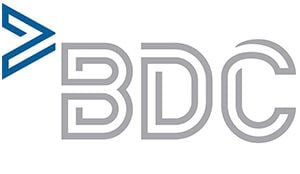)
)
)
)
)
)
)
)
)
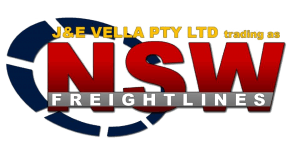)
)
)
)
)
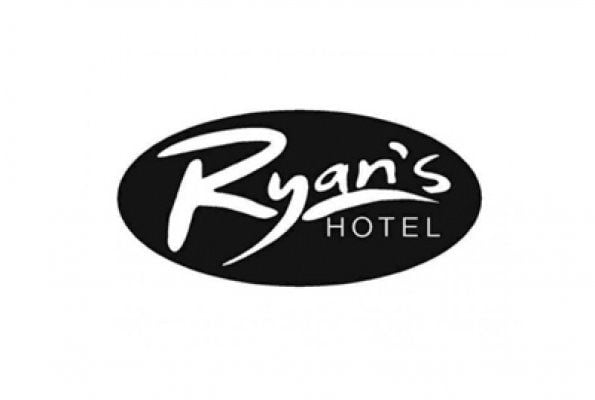)
)
)
)
)
)
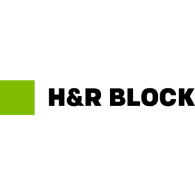)
)
)
)
)
)
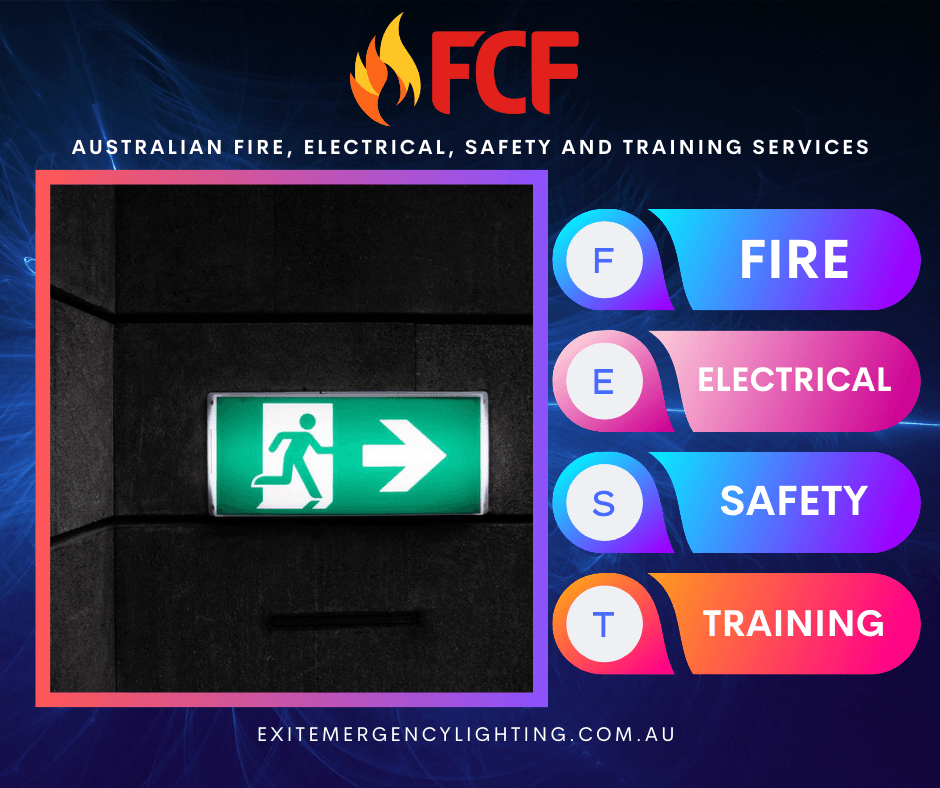)
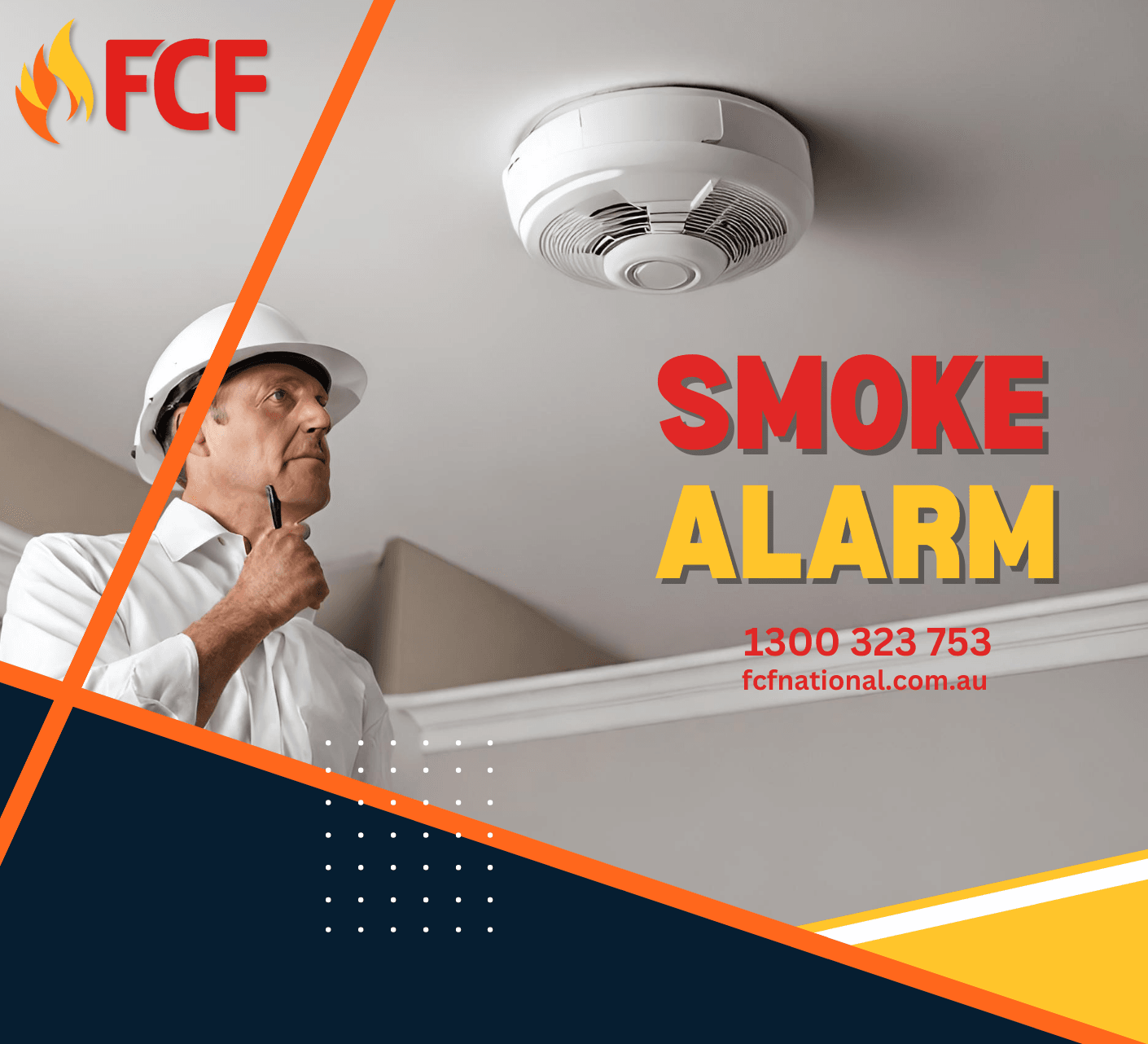)
)


